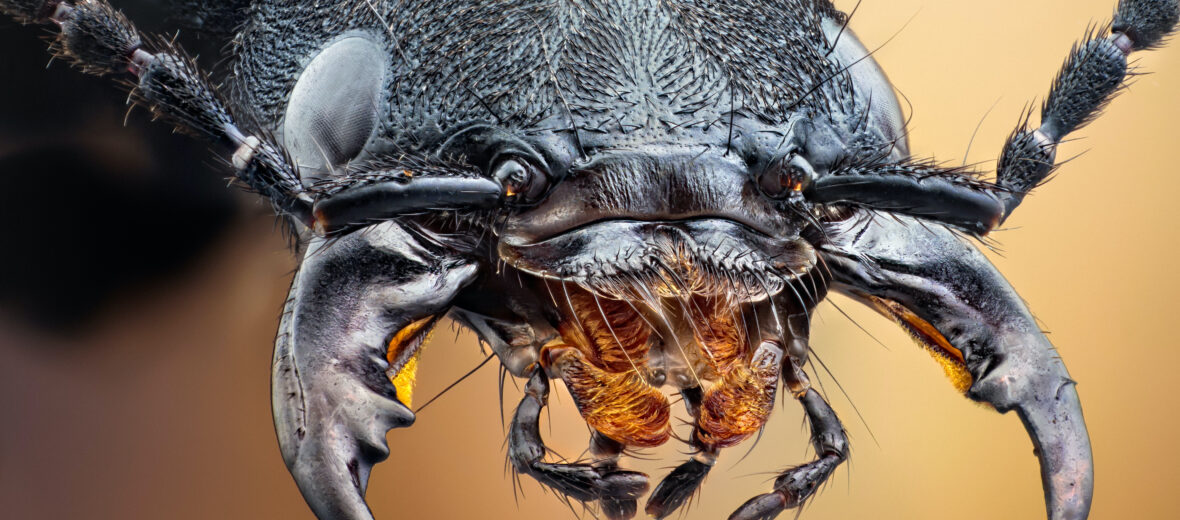
Being the largest of the known rove beetles, the devil’s coach horse is a voracious and aggressive predator of other invertebrates. They also not only have one heck of a bite, but they can also spray their opponents with a stinky yellowish liquid. These insects can be found in Europe, North Africa, North, Central, and South America, and Australasia. These predators prefer moist environments like hedgerows and in grasslands. Due to their near global distribution they are listed as Least Concern by the IUCN. This is my 666th article and is on special request from my friend, Marcus.
First the Stats…
Scientific name: Ocypus olens
Length: Up to 1.3 inches
Lifespan: Up to 2 years
Now on to the Facts!
1.) These beetles are nocturnal (active at night).
2.) Coach horse beetles can fly but prefer to run along the ground.
3.) The devil’s coach horse is typically found from April – October, when the climate is mild and warm. They have been known to estivate in winter.
4.) While not venomous, these critters will raise up their tail and open their menacing jaws (like a scorpion) when threatened.
5.) If their stance doesn’t scare off an attacker, they resort to squirting a stinky yellowish liquid from glands in their abdomen.
But wait, there’s more on the devil’s coach horse!
6.) If handled (not recommended) they can deliver a very painful bite.
7.) They prey on a wide variety of invertebrates. Using their jaws, they mince up their victims into an oatmeal-like paste that is in the shape of a ball (called a bolus) that they eventually can swallow and regurgitate several times; discarding the hard exoskeletons.
Did you know…?
In the Middle Ages, it was believed that when the devil’s coach horse would point it’s abdomen at you it was actually cursing you. It was also believed that reapers would put a coach horse beetle in the handle of their scythe to improve their abilities.
8.) Rove beetles are among the most diverse animal families on the planet, with 63,000 species described to date.
9.) Females lay their egg singularly in moist soil and under leaf litter. In 30 days the egg hatches and out comes the nymph. The nymph goes through three stage (instars) of development until up to a year has passed and they reach adulthood.
10.) The premature insects take on the same defensive stance as the adults and also have strong jaws that they use to attack the same prey as they eventually will in their adult form.
Now a Short Devil’s Coach Horse Video!
Also, check out the Critter Science YouTube channel. Videos added frequently!
Want to suggest a critter for me to write about? Let me know here.



